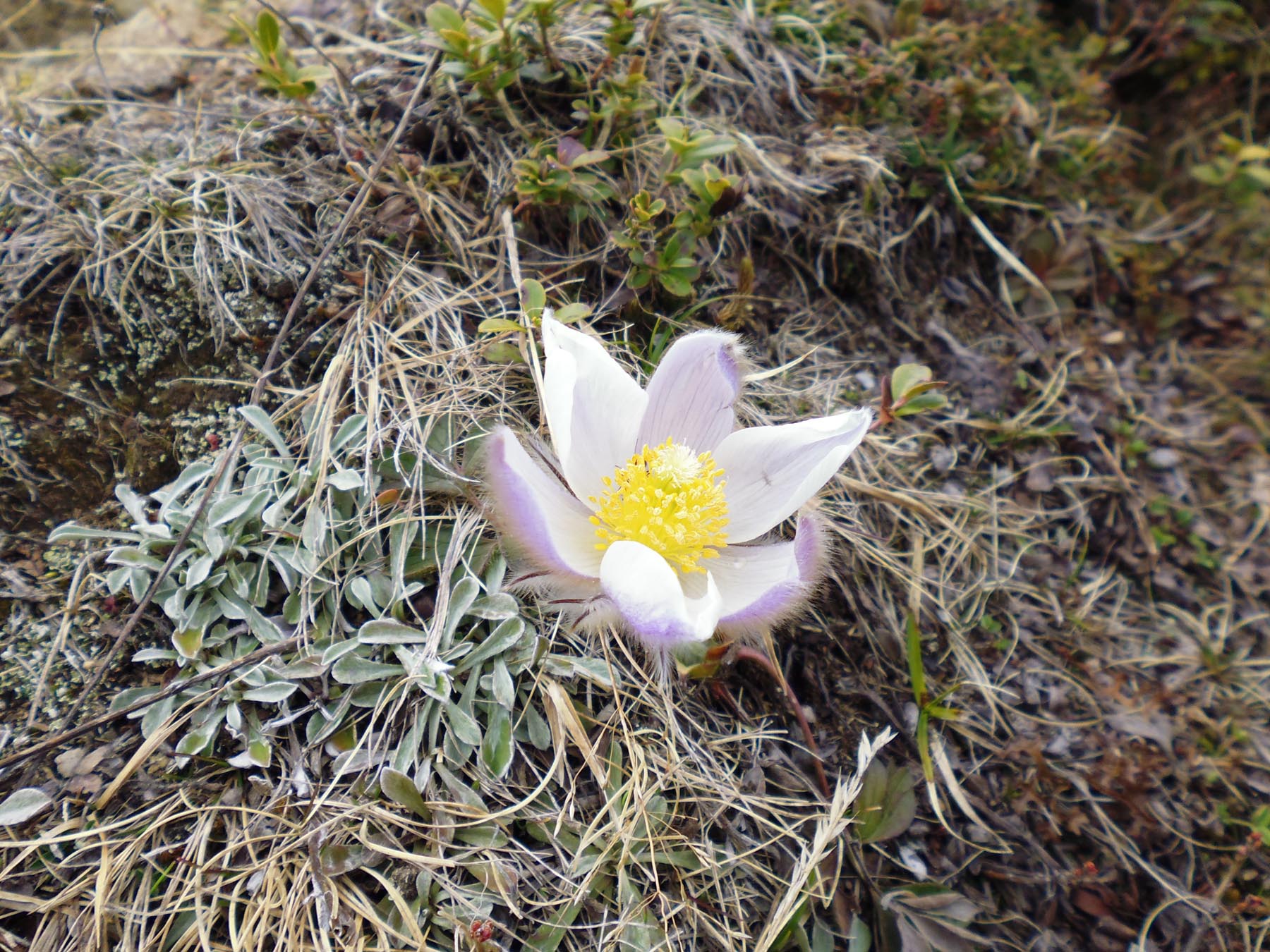Operator: Federal Research and Training Centre for Forests, Natural Hazards and Landscape (BFW)
DEIMS-SDR Database: Achenkirch-Mühleggerköpfl
Contact: Robert Jandl
The monitoring site “Mühleggerköpfl” in the Tyrol/Austria is a privately owned montane mature spruce-rich forest in the Northern Limestone Alps at 910 m a.s.l. on the north–northeast slope of a mountain (47°34’50”N; 11°38’21”E). The site was chosen because the isolated calcareous outcrop in the valley of the Achenbach represents a watershed. Moreover, the mountain range is on the northern edge of the Alps and therefore scavenges air pollutants that are transported over long distances with predominant westerly winds. The climate is cool and humid with maximum precipitation in summer and a snow-free period from April/May to November/December. The experimental forest is 120 years old and is dominated by Norway spruce (Picea abies), with interspersed silver fir (Abies alba) and European beech (Fagus sylvatica). The stand is approaching its terminal phase that often is evident from a quick disintegration of the stand structure (Mayer, 1984). In recent years the stand has repeatedly been affected by bark beetle. Several infected trees were taken out and in the gaps deciduous trees (beech and maple) regenerated spontaneously. The soils are a mosaic of shallow Chromic Cambisols and Rendzic Leptosols on dolomite. In close proximity the soil depth varies from 15 to 80 cm. Naturally, the soils have a high carbonate content and a near neutral pH. Routinely measured parameters are site climate (air temperature, precipitation, and air humidity), soil water content, soil solution chemistry, tree nutrition, air quality, deposition of nitrogen, and surface runoff. An assessment of the standing tree biomass was undertaken at irregular intervals. The emission of the greenhouse–gases CO2 and N2O from soil was measured within specific experiments. Recent flagship experiments have been a nitrogen-balance assessment and a soil warming experiment.
